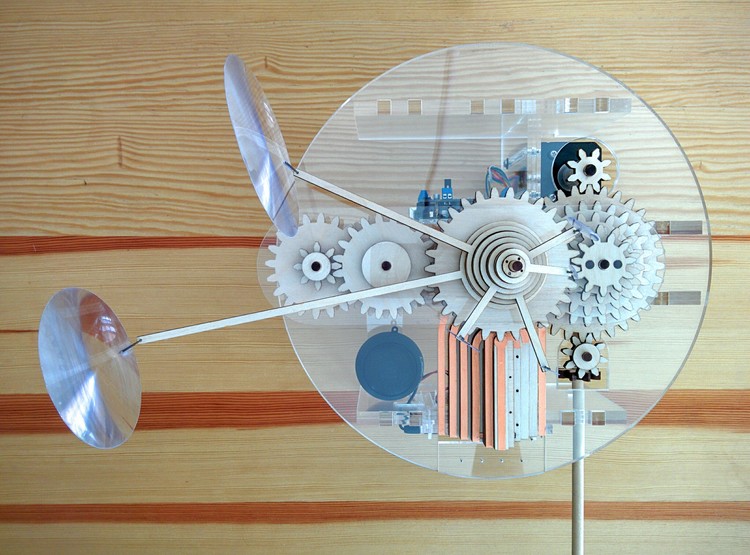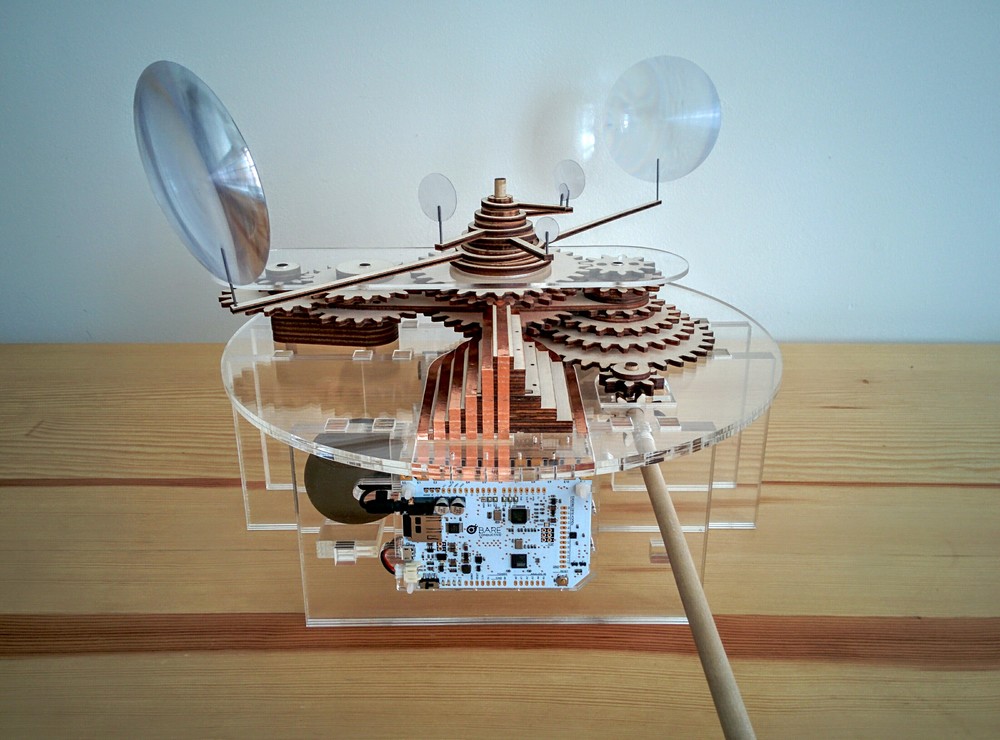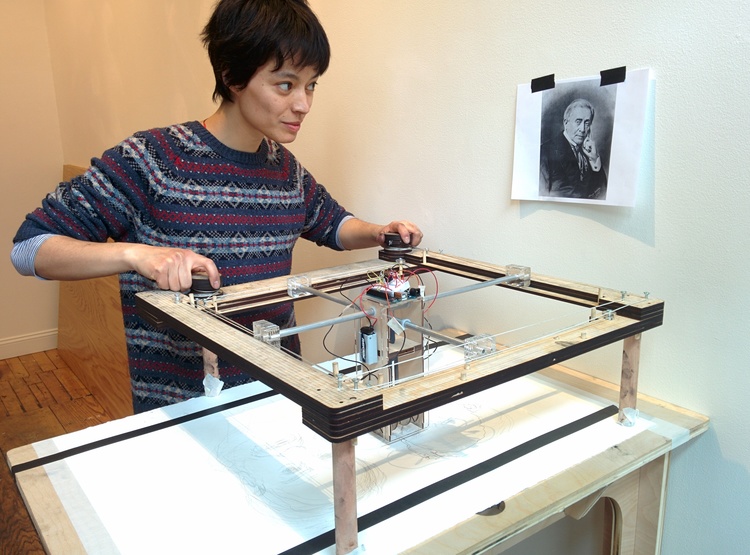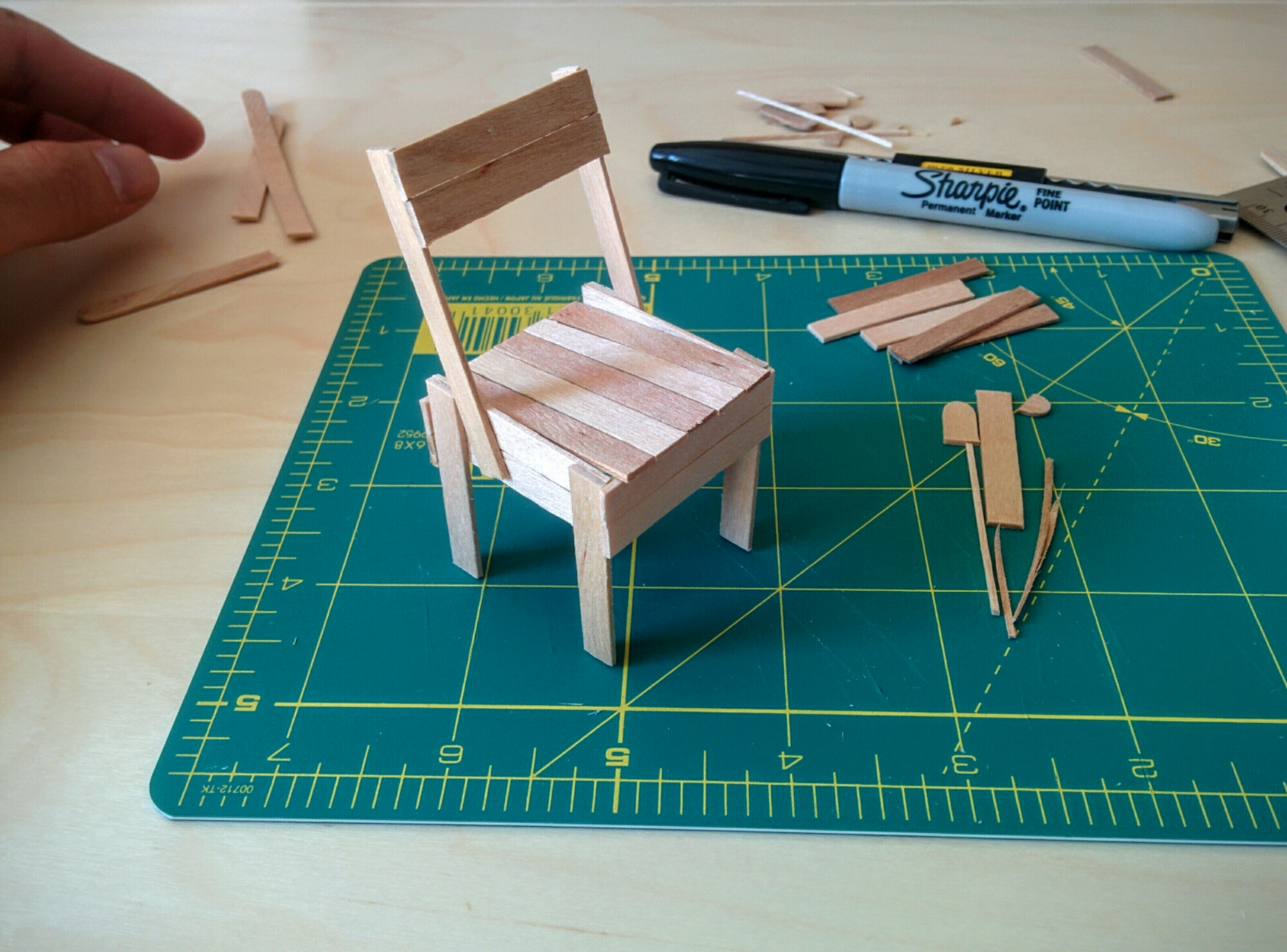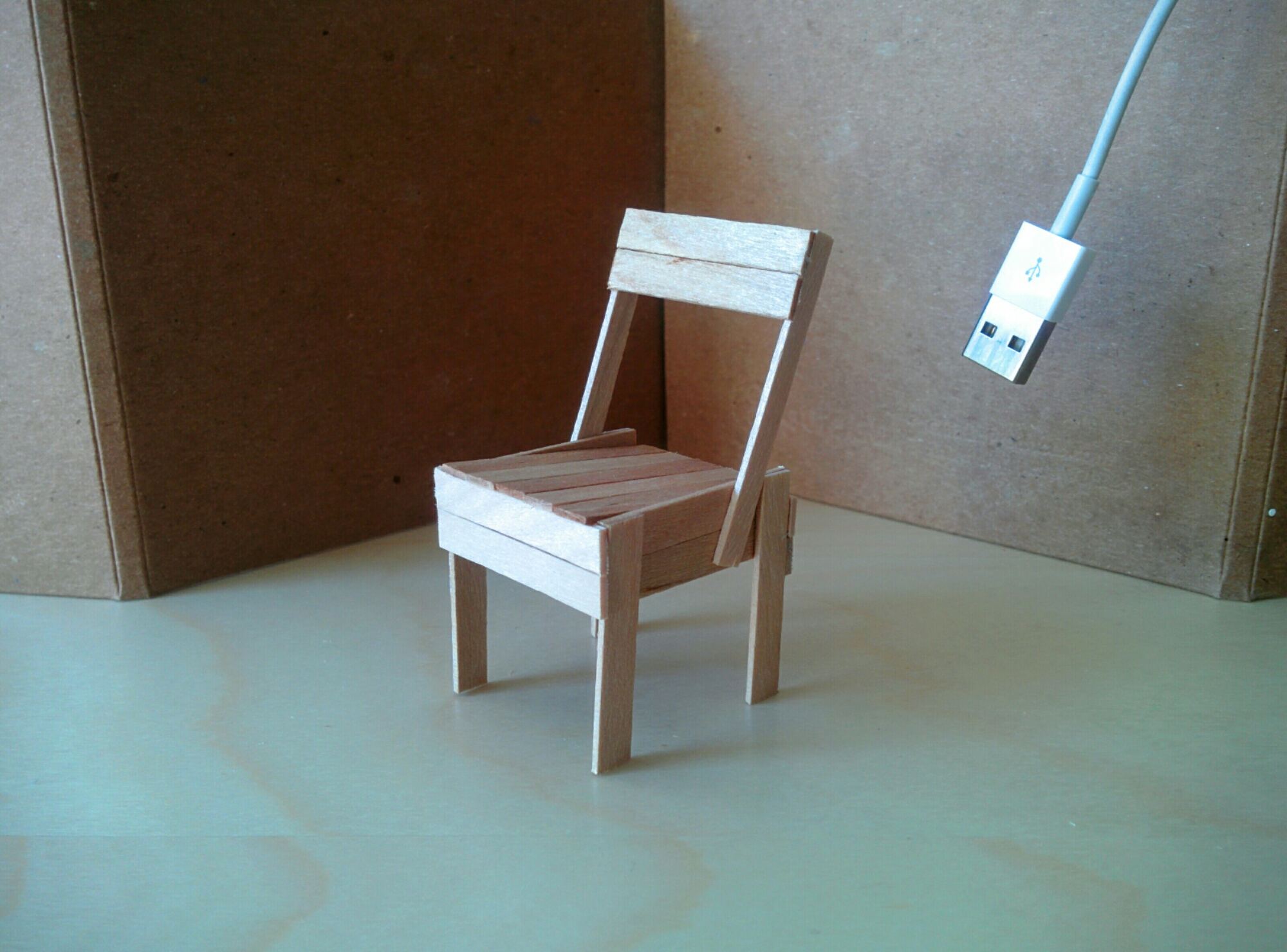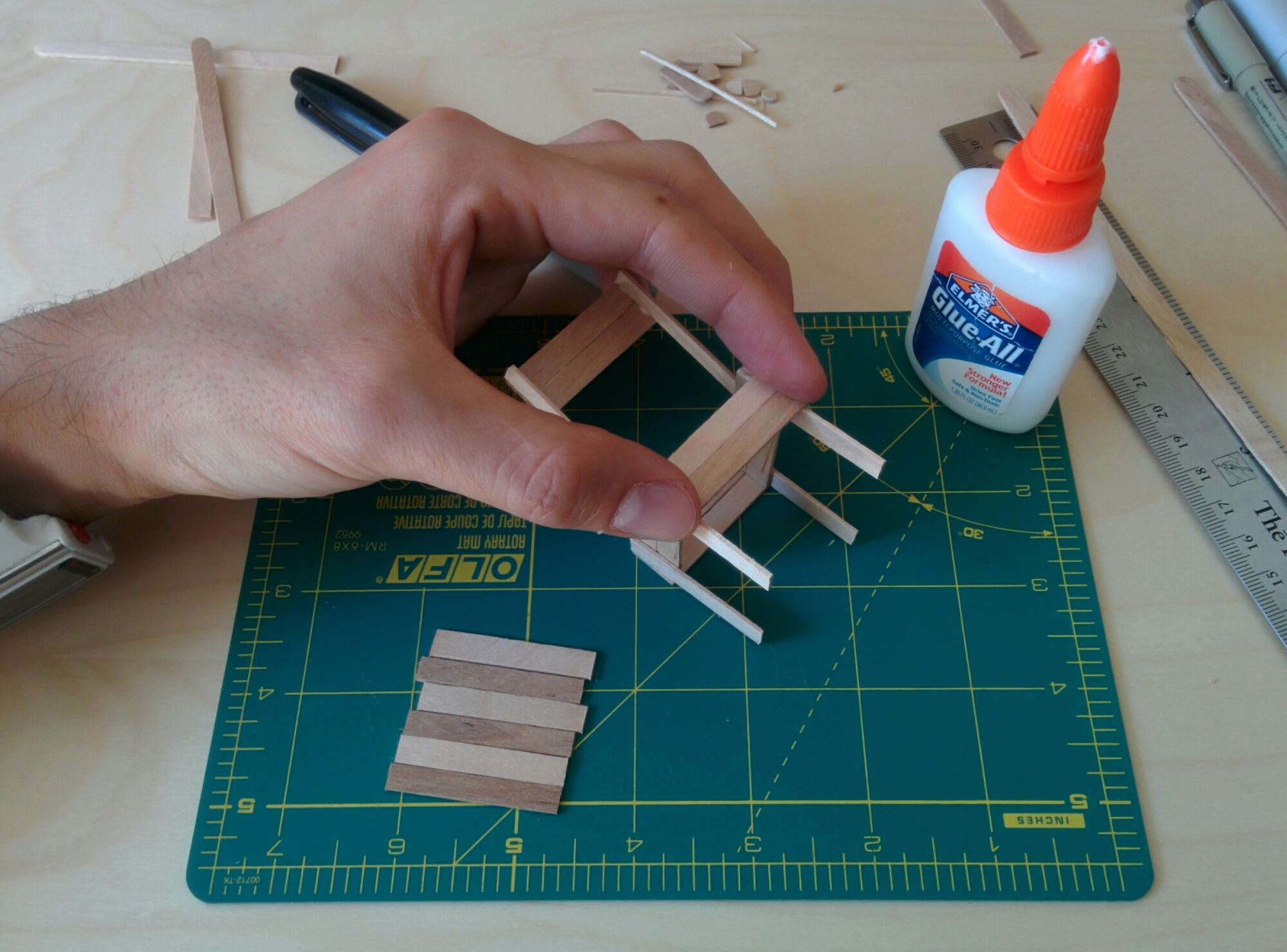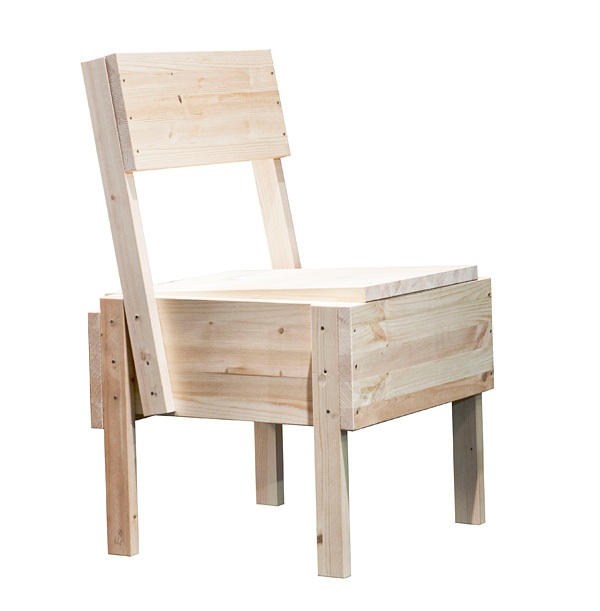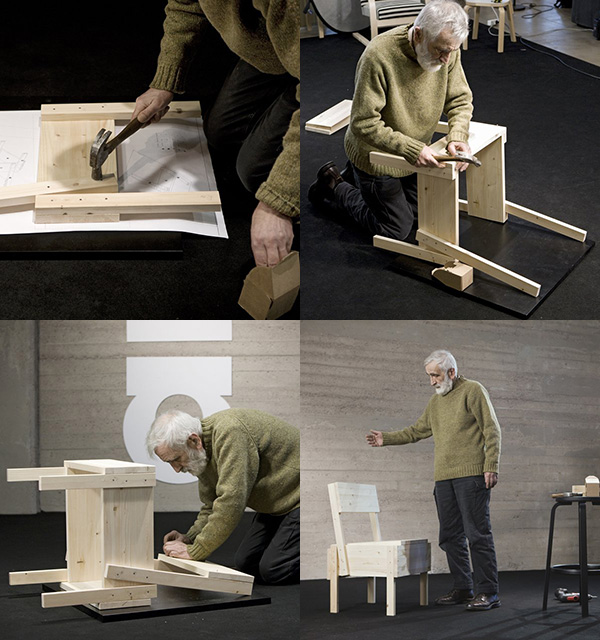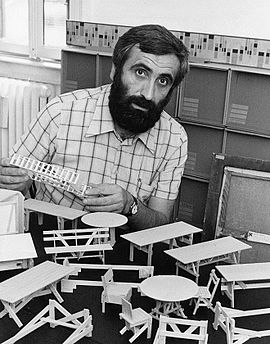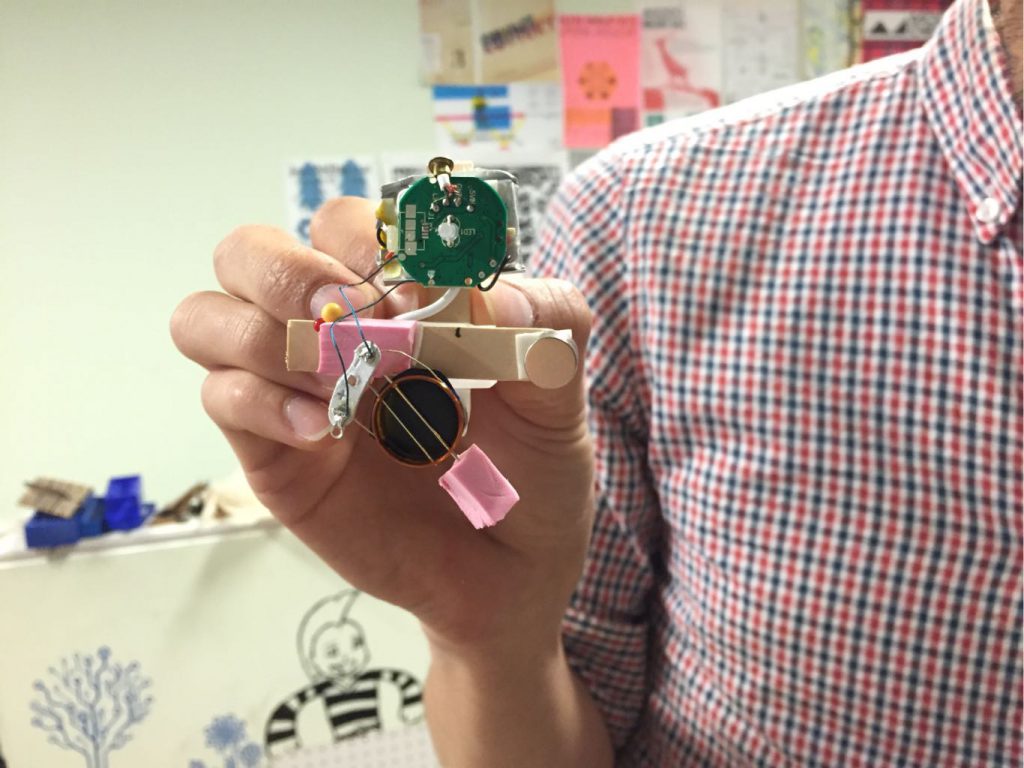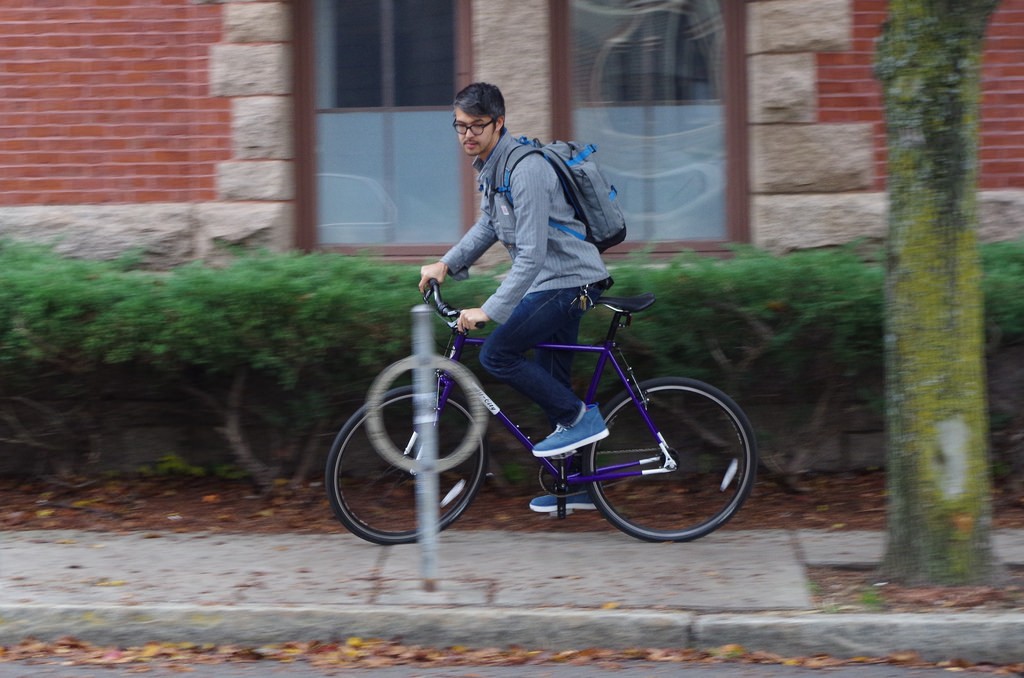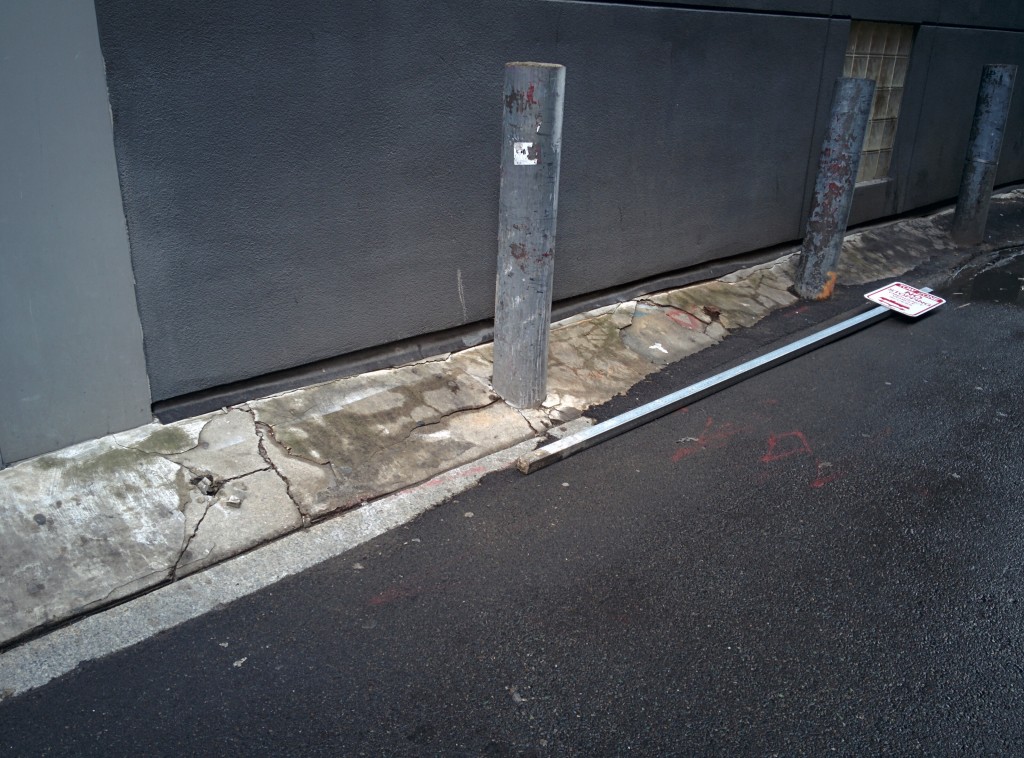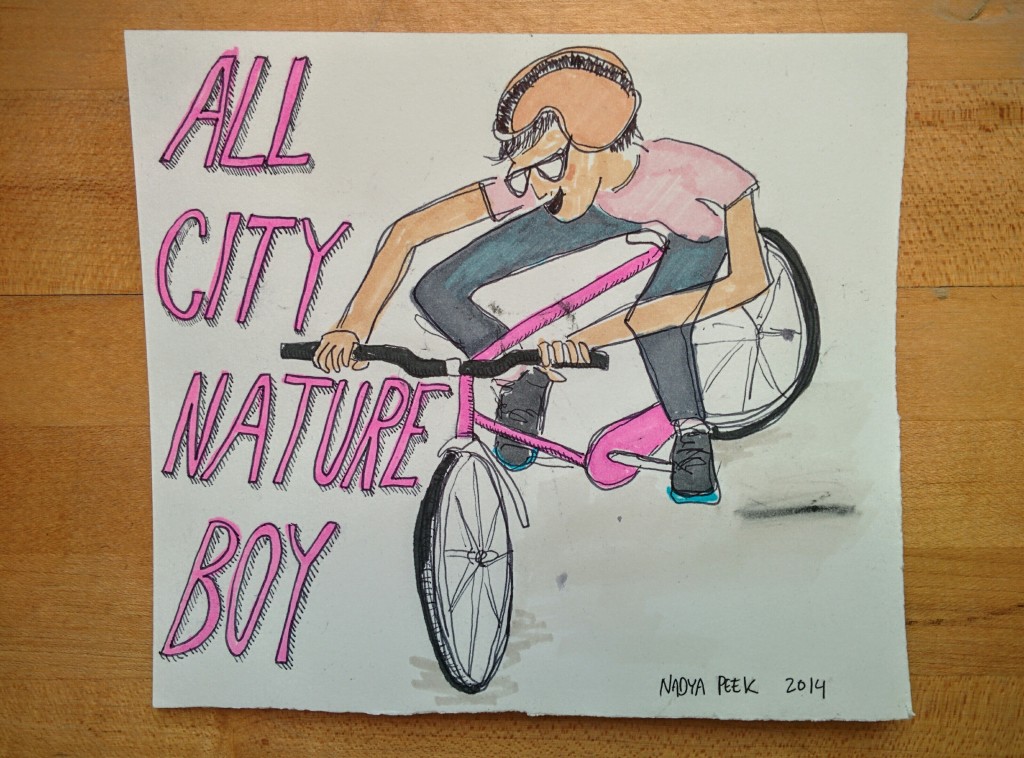Mini Autoprogettazione
I made a mini version of Enzo Mari’s 1974 “Autoprogettazione”; a kind of early DIY/open source furniture design made so that all cuts can be done with a hand saw, and all joints with just nails. This chair is just one of a set including tables and such, too.
Nice minimal look, which I reproduced with coffee stirring sticks from the Marcel Breuer former Whitney Museum, now the Met extension. From the top floor Blue Bottle cafe. In the spirit of open source.
And here’s a PDF with all of the designs:
http://www.matthewlangley.com/blog/Enzo-Mari-Autoprogettazione2.pdf
Here’s the original, and Mari building one:
Update: here’s Enzo with his own original miniatures! (via Wikipedia)
Record cutter v2 recording and portable studio
This is my current setup to cut records — trying to keep it as portable as possible, as I’m typically recording people in person now. My goal is to do a lot of recording as I improve the design, so that I learn more about what works and doesn’t through real use. Also, I learn what’s truly portable and durable enough to travel with!
The new v2 cutter is really nice and small (see yesterday’s post). And it’s quite high fidelity — see this recording I did yesterday off an MP3:
Record cutter version 2: miniaturization
Progress at the record company
Big improvements today; I bought a spindle of 100 DVDs, as they’re really beautiful purple and, well, we only cut records into the most gorgeous materials at my record company (still without a name).
But more importantly, major progress on transcribing longer continuous audio, and even some in recording at the correct pitch, more or less. Check out this test, where I also recorded the audio from the output.
Still quite muffled, but doing a lot better than before. And I timed myself, I can get about 1 minute onto a disc, holding the stylus by hand. I think when I automate tracking, we could probably fit up to 2 minutes.
One issue is that I’m having trouble cutting deep enough on the outer edge. I plan to try adding more weight or possibly swapping for a sharper needle.
Anyhow, here’s a great photo where you can see the waveforms. This was when I was using too high a volume, and the stylus couldn’t follow these lines. But they looked beautiful!
Update: More progress, this time cutting on a record player with a heavier platter, which worked really well:
Again, this work is inspired by that of rubixcube6 on YouTube.
I’m starting a record label
It’s a little premature, but ongoing experiments in cutting my own records into the underside of a CD are showing a lot of promise, so I’m hereby founding a new record label. I’m already in negotiations to sign two different record deals — more on this soon, but the plan so far is for each record to be cut, live, and for there to be only one copy of each.
Anyhow, I haven’t decided what the record label will be called, but here are my tests so far:
OK, not so great fidelity yet, but definite progress over earlier tests. The stylus looks like this, although I’m working on a few different prototypes:
This technique is based on the excellent work of RubixCube6, on YouTube
Ode to my just-stolen bike
I got my bike a year and a half ago for my birthday, and it had an immediate effect on my life. It’s an All City single-speed known as the Nature Boy, and it’s purple. I already biked every day to get around town, but I suddenly found myself passionate about bicycling. I took long rides across Boston, and missed my bike when I was out of town. I was rarely far from it, and it lived in my bedroom by the window. (Above photo by Josh Levinger)
In the winter, I rode my old bike on really bad weather days, but if salt got on my new bike, I’d give it a hot shower and wipe it dry. I bought matching purple nail polish to touch up the small dings you get parking around town, which my friends made fun of me for.
Yesterday at around 5pm, someone tore a city sign out of the concrete and took it, on Utica & Beach St between South Station and Chinatown. I hope they really needed it. Here’s the sign:
I filed a police report, but who knows if I’ll see it again. I miss you, Nature Boy! If you see my bike, please take a picture and send it to me.
Deportation
As if the global refugee crisis wasn’t bad enough, the Obama administration is deporting refugee children back to central america. Read up, sign petition at present.org, if like me you really don’t know what else to do about this:
Who was the lone genius inventor of the hoverboard?
I just heard Planet Money episode #666 on NPR, which was about the development of the “hoverboard” — those Segway-like things with no control stick, so they look more like a… two-wheeled skateboard or something. I’d just seen one in a production of the musical Wonder.land, ridden by the Cheshire Cat, and either he was pretty good at it, or they’re actually easier to control than I’d thought. But the PM episode is about where they come from, and who invented them. This is what they look like (image via fastcodesign.com):
At first I was interested to hear them air out the idea, which I’ve heard folks like Nadya Peek and Christina Xu mention, that folks in Shenzhen just sort of doesn’t bother with defending intellectual property, in part because it’s not worth it — I imagine for reasons of expense and enforcement — and also because it’s just not part of the culture there. I’m probably misrepresenting this idea, because I really don’t know what I’m talking about, which is why I’d really like to learn more about it from folks like Christina and Nadya. Unfortunately, listening to this Planet Money episode wasn’t going to help me in that regard…
…because then the PM folks said that they didn’t really believe that there wasn’t an inventor, and they tracked down some Kickstarter campaign from 2013 for what does in fact look like an early “hoverboard” (it’s called a “Hovertrax”) — and then basically turned the story into one about how the Shenzhen folks must’ve “stolen” or “ripped off” this design from this one true inventor.
This was really frustrating to hear. Even though they acknowledged in the episode that the patent system is “only a few hundred years old,” they insisted on fitting the whole story into a moral framework which assumes one person outright “owns” an idea in its entirety, and completely discounts collaborative development, let alone the much more nebulous process of open exchange and development of ideas which is basically how people had always “come up with” technologies before the patent system was invented.
Even more frustratingly, they also justified crowning the Hovertrax guy as the original inventor by “going into a bit of a YouTube wormhole on two-wheeled, self-balancing scooters” and asserting that “they do not exist before May 2013” — the date of the Kickstarter. Great research process. Well, I’m sorry, but a very cursory search led me to this page (among others) by a guy named Dale in 2008:
http://www.wa4dsy.net/robot/balancing-robot/analog-balancing-bot
…describing, with instructions, circuit designs, and (gasp!) math, how to make things balance themselves, and I’m sure that’s not the first post on it because he cites others’ work. Now, these aren’t even just people who thought it up first (which is all you have to do to file a patent), or people who built the first ones, or even the first to post about it. It’s just a particularly thorough, (and notably open) documentation of one design. Who knows; maybe a hundred other people thought of it and decided to keep it secret so they could get rich someday. (?)
Really, after the Segway, tons of people were probably thinking of a version without a control stick — heck, I remember doodling stick-less “hoverboards” myself around that time. Partially because the Segway’s steering stick just looked dumb. But my point isn’t that the “real inventor” was one of these folks, but rather that this idea of searching for the “original inventor” is itself flawed. The lone-inventor-genius, like Iron Man, or Nikola Tesla in the Prestige (so help me if I can’t think of less ridiculous examples, but Hollywood really has caricatured this ad infinitum) is just fiction. People are never really working alone, or if they are, they can never achieve as much as those who collaborate and share their ideas. This is not to say I think the Shenzhen hoverboard makers shouldn’t credit prior examples upon which they based their work, but it’s not like Hovertrax did. And also, really, why isn’t Planet Money celebrating all the amazing work (design, manufacturing, distribution) of the folks in Shenzhen to actually get these made, at scale? Isn’t that just as much of an achievement?
Maybe this is also related to how today, if someone in tech says “I have this great idea I want to tell you about, but you have to sign this NDA first,” we kind of assume they must have a pretty crappy idea — whereas ten years ago, that mightn’t have been unusual to ask. I guess I feel that the rise of free and open source software, and its technical ubiquity, has really successfully sold the idea that you can achieve more by sharing, and that folks who are desperately clinging to their “secret, brilliant idea” are deluding themselves, or even trying to delude us. Not everyone believes this — there’s still a great big world of proprietary technology out there — but the way that this framework breaks down in favor of other models outside the US and Europe is something I’d really like to learn more about.
The open source mode of production is still fairly young here, and we could use other cultural (and legal) models to learn from, especially in the hardware space! Because it really is a better way, and it really does lead to more creativity and more interesting projects, as you can see by from the absolute blizzard of “self balancing” projects on Instructables
Comments on the Union Square Neighborhood Plan
I recently sent this letter to the City of Somerville’s planning department, and wanted to share it. (you should send in your thoughts too, before Dec 31st 2015: planning@somervillema.gov)
Hello, I’m writing with comments on the city’s Union Square Neighborhood Plan, and to share my concern with the city’s priorities stated within it. I am a co-founder of locally based environmental non-profit Public Lab, a co-founder of the Pirateship co-working space, a board member of Parts and Crafts kids’ makerspace, and a member of Union United, but today I am writing personally, as a resident of Union Square.
Somerville is in the midst of a major housing crisis. As the Metropolitan Area Planning Council’s “Dimensions of Displacement” report makes very clear, 3,600 lower-income households in Somerville’s GLX corridor already struggle to make rent, and an additional 7-800 will likely become rent-burdened as a result of the extension. In addition, 272 of Somerville’s affordable housing units will expire before 2020, mostly in the GLX corridor.
This means that over the next four years, approximately 4,500 households will be at risk of displacement — and that’s not even all of Somerville! Many of these are families, and because of local demographics, rent pressures disproportionately affect residents of color.
In the context of this crisis, SomerVision and the USNP’s goal to “make Somerville an even more exceptional place to live, work, play, and raise a family” seems not to acknowledge the challenges faced by (especially non-white) residents in the area. The plan paints a lovely picture of what Union Square could be — but we must decide if that future is one that will be shared by those residents who have worked so hard to make Union Square a special place.
We’ve been told by the city more than once that we must choose between community “benefits” from a limited amount of funds. But this is not a crisis of bike lanes or park benches; it’s a crisis of displacement. I live in an apartment which was formerly — for twenty years — the home of a local family. I’m sure many people feel the same guilt as I do in participating in displacement, but as renters we have little power to change the economics of the situation. As voters, and as participants in the planning of Union Square’s future, we do have that power. We have an opportunity to slow and even reverse this process.
We have this opportunity in part because, luckily, Union Square’s redevelopment will generate a lot of money. US2’s part in the development has been widely referred to as a billion dollar project. We must ensure that this wealth is not created at the expense of Somerville’s most vulnerable community members.
In short, the plan’s proposed ~500 new affordable housing units are simply not enough. Will we simply tell the other 4,000 households (see above) that there’s nothing we can do? I don’t believe we have to choose between a vibrant, beautiful, and tax-revenue-generating new Union Square, and one which can address the challenge of displacement. And I don’t believe we as a community wish to see so many residents and families pushed out in order to renew Union Square the wrong way. There’s enough space; there’s enough money: let’s act.
Many of the topics addressed in the Neighborhood Plan are important to me, and I am pleased to see the City paying attention to things like support for small local businesses, creative spaces, and other “nice-to-haves.” But these pale in comparison to the urgency of affordability for so many people in Union Square today.
Thank you for your consideration, Jeffrey Warren
Union Square, Somerville resident
Update:
I just came across this article arguing that affordable housing can profitable, and that it’s really a moral choice. A good read, and it links to an “Inclusionary Housing Calculator”:
